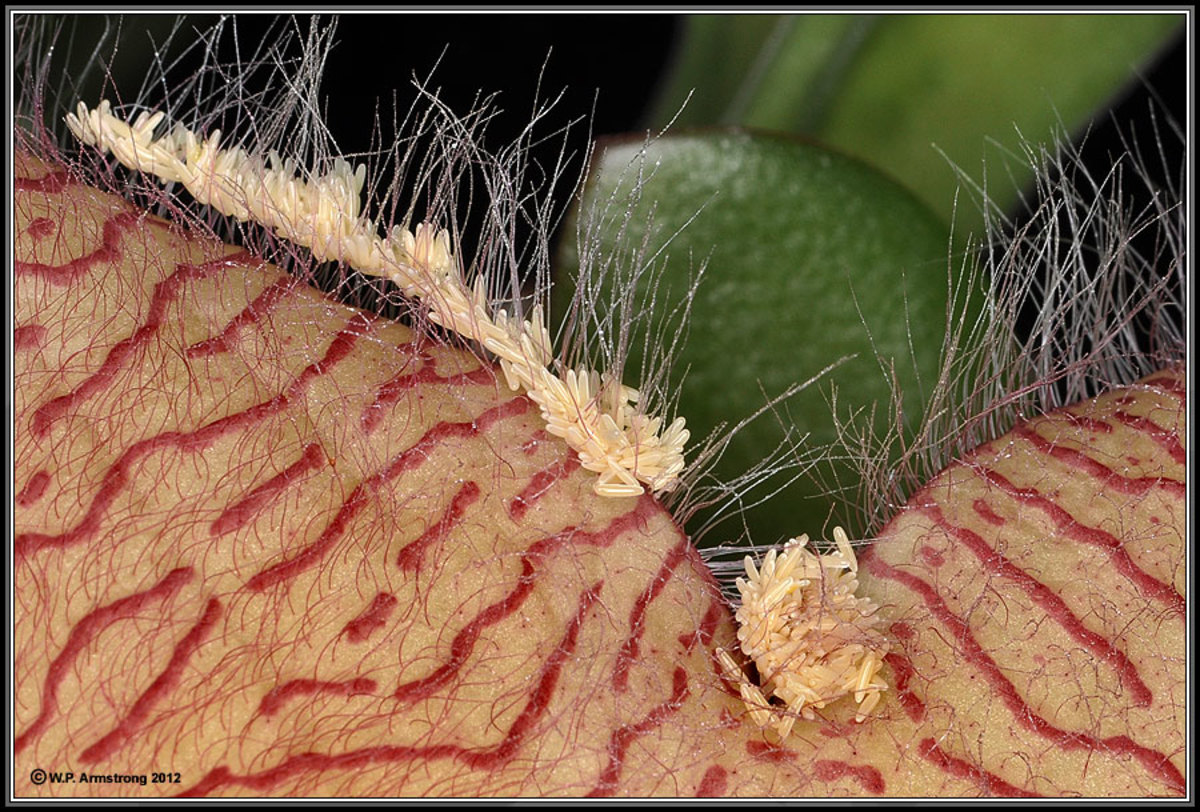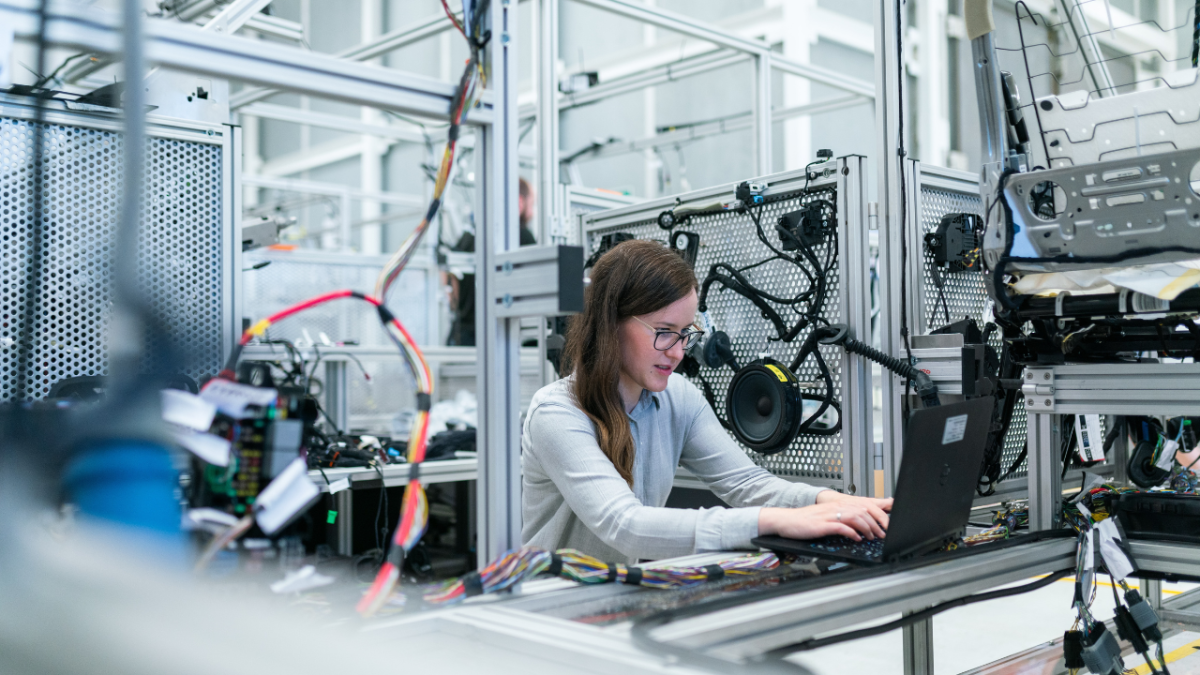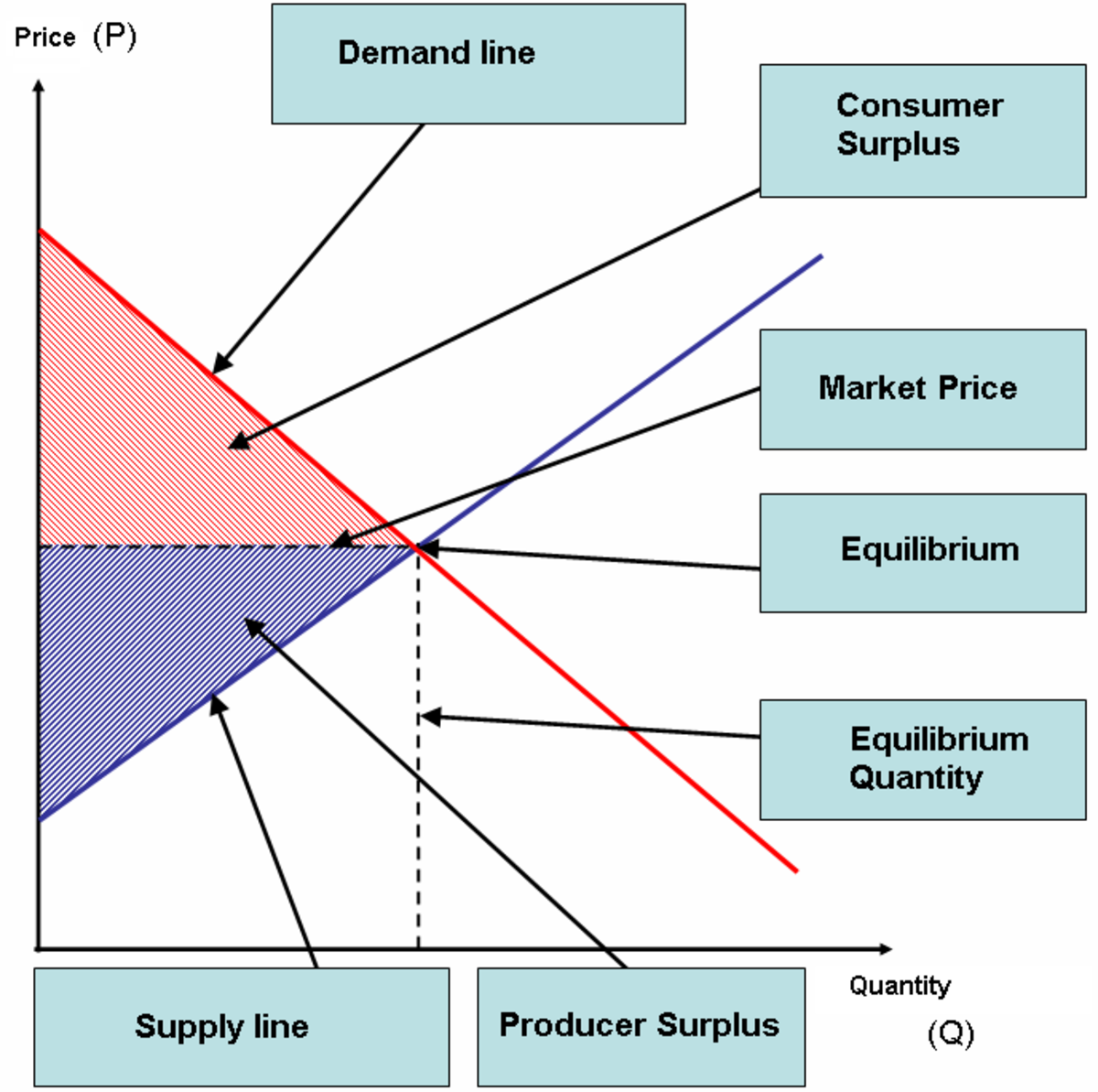GREEN REVOLUTION
GREEN REVOLUTION
Green Revolution was based on the idea of agricultural revolution. Green revolution infect started with the introduction of high yielding variety (HYV) of wheat by Dr. Borlaug in 1950. Dr. Borlaug was of the view that man should not entirely depend upon Nature for the production of agricultural goods. Man himself should make efforts to increase agricultural output by God. The technological innovations and then leave the result in the hands of God. The technological and pesticides in evolving seeds of agricultural output which is known as Green Revolution. Green Revolution thus is the break through or remarkable increase in the quantity and quality of agricultural output through the institutional and technological reforms.
Factors responsible for green revolution.
There are several factors which are responsible for break through in agricultural production. These factors mutually support each other in ushering the green revolution. The package of factors in brief are as follows.
(1) Miracle seeds. The primary factor which brought agricultural revolution is the introduction of high yielding variety, (HYV) seeds. The use of new variety of seeds has very much increased the agricultural yields per hectare. For example, in Pakistan, the yield of wheat was 1189 Kg per hectare in 1971-72 and has increased to 2769 kg per hectare in 2006-07. Similarly, the yield of price which was 1554 kg per hectare in 1971-72 which has gone up to 2107 Kg per hectare in 2006-07.
(2) Agricultural research. The agricultural research on higher yielding plant varieties, better methods of controlling insects and deceases have resulted in higher production output.
(3) Fertilizer. The increased use of chemical fertilizer is now playing a key role in raising the agricultural production.
(4) Multiple cropping. Due to new seeds maturing early, it has now become possible to get three or even four crops instead of one or two from the same piece of land in a year.
(5) Modern machinery. The farmers are gradually replacing the bullocks cultivation by the modern machinery like tractors, thrashers harvesters, tube wells etc. The time saving use of modern machinery in agricultural sector has made it possible to sow, grow and harvest crops in the shortest possible period of time.
(6) Support prices. The new or improved technology increases agricultural production and reduces the cost per unit of output. In order to sustain agricultural progress and keep the prices of agricultural products profitable to the farmers, the government of each country offers support prices to the growers so that agriculture creates potential for higher real income to the producers.
(7) Processing, storage and marketing facilities. The processing, storage and marketing facilities have been now greatly improved and extended in almost all the countries of the world. The increased agricultural production is put to profitable use. The provision of these facilities brings facility in the prices of agricultural goods and ensures reasonable return to the growers.
(8) Credit facilities. Availability of institutional agricultural credit on time to the farming community enables it to carry out the agricultural operations efficiently.
(9) Institutional changes. Green revolution is carried out more effectively and efficiently by institutional changes like land reforms, flow of market information etc. These are also adopted along with bio chemical technology.
Summing up green revolution, is composed of package of improvements namely (1) high yielding seed varieties (2) increased use of fertilizer (3) improved water supplies (4) better agricultural practices (5) measures of plant protection from pests diseases, (6) increased mechanization operation and credit facilities. All these improvement are effective only if they are all combined together. None is wholly effective without the other.
Impact of Green Revolution
The main effect of green revolution on the economy of a country are as under.
(1) Increase in production. The use of higher yielding variety seeds, chemical fertilizer, pest and insecticides, improved irrigation, facilities etc has remarkably increased the production of wheat, rice, sugarcane, cotton, maize etc in all the countries of the world including Pakistan.
(2) Reducing regional imbalances. The agricultural scientists are developing new technology which should suit the different regions of the country. New improved variety of seeds has been developed which suits the barani farming areas also. The introduction of modern technology in agriculture has greatly helped in reducing interregional and intraregional disparities.
(3) Unbalanced cropping pattern. The green revolution in its coverage of crops is partial and lopsided. In Pakistan the production of wheat, rice, cotton has remarkably increased due to the adoption of new technology. However, the production of pulses, grams, maize, barley etc has recorded only a marginal increase in output.
(4) Social imbalances. In its first phase the green revolution has favored the large land owners. The rich farmers were and are able to use the package of new technology. They therefore earned handsome profits from the increased output. In the second phase now, the peasant proprietors and the tenants are also using new technology. The difference in income of the large landowners and the small land owners is, however, significant and socio economic gap is widening as the time passes.
(5) Impact on employment. Agriculture still is the largest source of employment (48% of the total labour force) in rural areas. The rural labour force is mainly self employed and unpaid family helpers still dominate the employment scene. During the sowing harvesting seasons, the labour force is nearly absorbed. Sometimes there is also shortage of labour in peak periods of agricultural operations. The use of intensive farming methods associated with new technology has increased the overall employment.
(6) Increase in investment. The farmers benefiting from the new technology are investing more and more of their increased income for the improvement of land. Purchase of machinery, pesticides and other inputs. We can say that the farmers are plugging back a major portion of their income on farm improvements.
(7) Economic stability. The new farm technology has helped in increasing export of agricultural goods, absorption of rural labour in the manufacturing sector. The rise in net income from the sector has given stimulus to industrial growth and has helped in promoting economic stability in the country.








